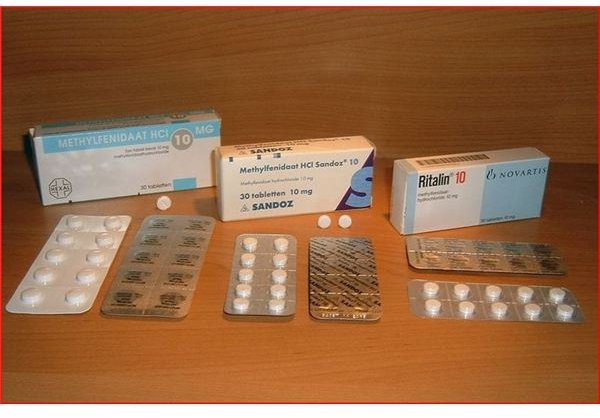History of Ritalin: Origins, Uses, and Controversy
History of Ritalin: Origins
The history of Ritalin begins in the same ignominious location as virtually every other drug that sees the dawn of a new day; in the internal organs of a rat. Rats hold an unequivocal place in the annals of medical history and we owe them a debt of gratitude for all the unwilling sacrifices they’ve made in the name of science and human betterment. Perhaps in some alternate universe, rats are doing all sorts of unsavory experiments on humans to benefit the mental and physical wellness of the rat race. But let’s not digress.
Way back in 1948, an American pharmaceutical company, CIBA, applied for and received a patent for the stimulant drug methylphenidate, which they branded as Ritalin. The chemists had created the drug from the combination of stimulants, ephedrine and caffeine among them. Upon stumbling upon the particular mix which we now know as Ritalin, they administered it to rats and noticed that they became more manageable, calm, and even focused. So naturally they believed calm rats could equal calm humans. The pharmaceutical giant you might be familiar with, Novartis, later acquired CIBA and the rights to Ritalin which is now primarily prescribed for ADHD, but not without controversy.
Early Trials
In 1950, Ritalin was used to treat Mohr’s Syndrome which is characterised by episodic neuromuscular disturbances, a cleft lip, and a split tongue. Presumably Ritalin was administered for the calming effect it would have on patients contending with such a debilitating syndrome. In 1955, the history of Ritalin took an official turn when the U.S. Food and Drug Administration first approved it as an oral tablet and listed the active ingredient as methylphenidate hydrochloride.
Next, the history of Ritalin experiences a dormant decade where for all intents and purposes, it was virtually shelved and forgotten. Although it was prescribed here and there, it was never in widespread use. Since the destinies of Ritalin and ADHD would collide monumentally to the point where there’s been a 700% increase since 1990, it’s worthy of noting that ADHD wasn’t formerly recognized and named in the Diagnostic and Statistical Manual of Mental Disorders until 1968. It went by different names and descriptions before then, including “minimal brain dysfunction” and “Hyperkinetic Reaction of Childhood.” Although records and symptoms of it date back to the early 20th century this behavioral disorder was often overlooked and minimized. Children and adults with the disorder were looked down upon (and some still are) for behaving badly like it was their choice to operate in the way their malfunctioning brain commanded them to.
Image courtesy of commons.wikimedia.org
The First Use of Ritalin as a Means to Treat ADHD Symptoms
In the 1980s and a lot more so in the 1990s, the use of Ritalin spiked enormously and the reasons for this were somewhat controversial. An advocacy group known as Children and Adults with Attention Deficit (CHADD) were proponents of Ritalin and actually received funding from CIBA, the company that made it at the time. So you can see there is somewhat of a conflict of interest there, CHADD wanted relief from ADHD and Ritalin was promoted as capable of doing just that. A PBS show called The Merrow Report aired in 1995 and stated they had found prescriptions (in the millions by then already) were doubling every two years.
Nowadays, Ritalin is the most commonly prescribed medication for ADHD in the world and the U.S. manufactures 90% of it. And it is still a controversial drug because some feel it’s overprescribed, misused, has negative side-effects, and has been linked to a number deaths.
So as you’ve noted by now, the history of Ritalin is full of controversy, with strong advocates and strong opponents arguing over the pros and cons of Ritalin. Government hearings have been held about it, law suits have been filed against its manufacturers, and clinical studies are still taking place to study its efficacy and the risks. But you can be assured it’s not going anywhere soon, not with all that money at stake or all of the people who swear by its ability to help lessen the strain of ADHD.
Sources
United States Drug Enforcement Agency: FDA Drug Approval Information
U.S. Patent and Trademark Office
https://www.ritalinadvisor.com/history
US FDA: https://www.accessdata.fda.gov/scripts/cder/drugsatfda/index.cfm
